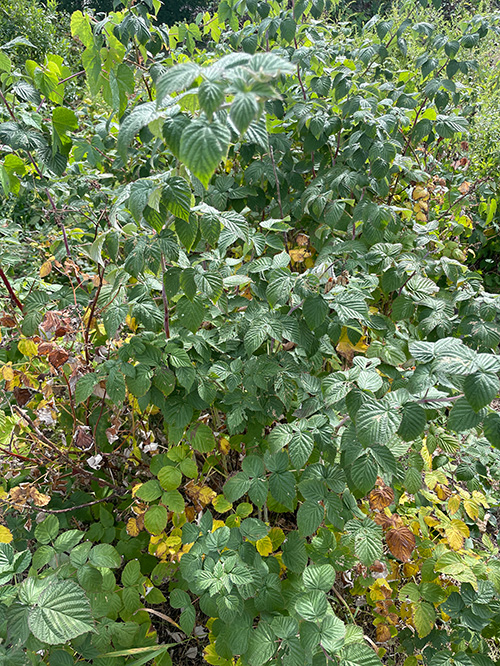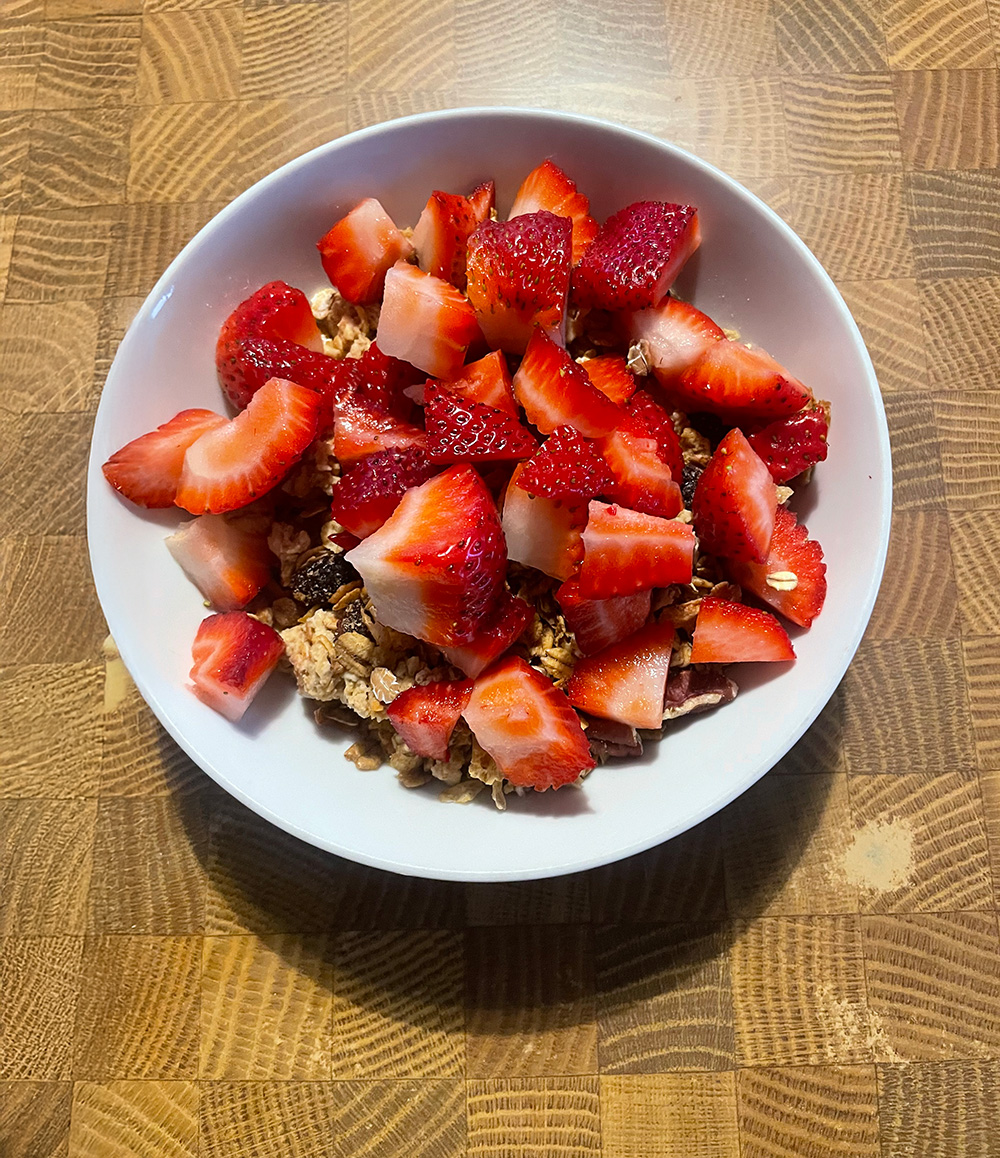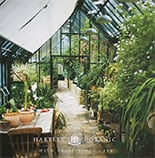
This spring was quite wet, which made it ideal for producing berries. I grow a variety of berry plants, all of which keep on giving year after year. Not wanting to make jams or jellies during the heat of summer, many of my berries are bagged and frozen to be used in cooler weather. Here’s what I harvest.
The first berries to ripen are my strawberries, starting with the ones in my greenhouse. Being indoors, these are protected from hungry birds, so they grow quite large and tasty. I grow some strawberries outdoors too, but the greenhouse ones begin my berry season.
My raspberries are ready for picking by early July. I’ve been growing them for about thirty years. Raspberries spread rapidly and can be invasive if you don’t control where they grow. But they are also prolific producers with little effort needed to maximize output. Just prune out the dead canes and fertilize in spring with a general-purpose fertilizer. When pruning, cut the tops of new canes back to about four-feet (1.2m) to encourage side shoots to grow. The results will be lots and lots of berries.

Gooseberries are an English favorite that I like and, like raspberries, their thorns protect them from being eaten by the deer that are quite prevalent where I live. Having lost my gooseberry plants during a hurricane several years ago, I planted new ones last year. They’ve grown well and should be productive next season. Gooseberries should be fertilized with a 10-10-10 general-purpose fertilizer in spring and also during fruiting to help promote good all-around growth.
I love black and red currants. But unfortunately, here in Rhode Island, black currants are an alternate host for white pine blister beetles (white pine blister rust kills a lot of pine trees) and are therefore banned. So I have to be content with red and white currants. Both make tasty jellies, jams, and summer tarts. The plants don’t require much feeding – simply a fertilizing in spring and a light second fertilizing in summer when showing fruit. I use a 10-10-10 general-purpose fertilizer for best balance. Some growers suggest another light fertilizing in fall, but I think this can promote weak end-of-season growth (the kind deer love!), causing the plants not to survive the winter. To preserve moisture, I heavily mulch the ground around these plants with grass clippings.

I also have six blueberries bushes, and they are extremely productive as long as I cover them with netting by the middle of June to protect the fruit from birds. I fertilize my blueberry bushes in spring with aluminum sulphate, a very high-nitrogen fertilizer. After fertilizing out to the branch line, I side-dress the bushes with several shovelfuls of compost and then mulch the entire area with wood chips. I seem to be doing something right because I picked well over six gallons of blueberries from my five main bushes and my one “Pink Champagne” (a pink blueberry).
Yes, most of the berries I harvest are grown outdoors, not in my greenhouse. But all the plants I’ve mentioned here can be grown in pots in a greenhouse if you wish. (I have several strawberry plants in pots I the greenhouse.) At the very least, greenhouse growing would protect the fruit from the birds, squirrels, and other animals that love berries as much as we humans do.


